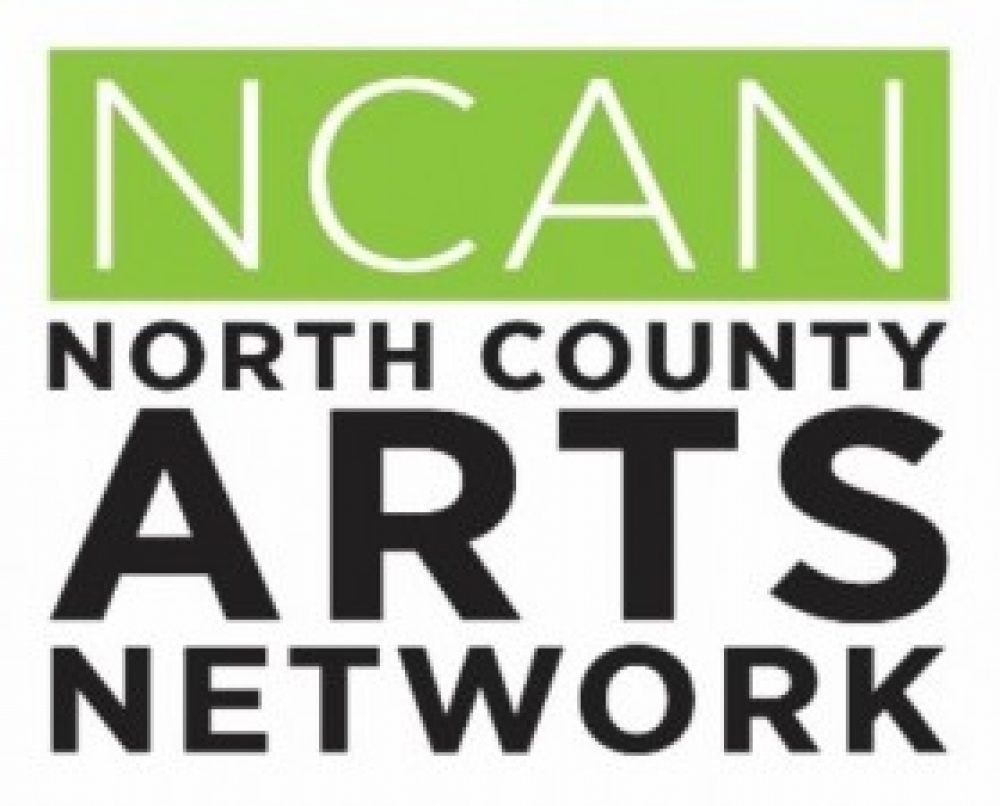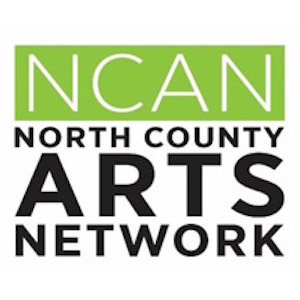We are reprinting this article from one sent to us by email from Art Academy of San Diego.
“Art washes from the soul the dust of everyday life.” – Pablo Picasso
There are a lot of misconceptions floating around about art.
Some think you have to be creating paintings or sculptures to be considered a real artist. Others believe that you are either born with talent – or not.
Many who don’t consider themselves to be artistic feel that there is no point in creating art since they won’t be satisfied with the results.
But we are all born with an innate desire to express ourselves and art encompasses a wider range of activities than you might imagine.
Here are some of the best ways in which creative expression can benefit mental health – making you a happier, healthier person.
Creating Art Relieves Stress
Activities like painting, sculpting, and drawing are relaxing and rewarding hobbies that can lower your stress level and leave you feeling mentally clear and calm.
Creating art provides a distraction, giving your brain a break from your usual thoughts.
The average person has 60,000 thoughts per day and 95% of them are exactly the same day in, day out!
When you get totally immersed in a creative endeavor, you may find yourself in what’s known as “the zone” or a state of “flow.”
This meditative-like state focuses your mind and temporarily pushes aside all your worries.
Leonardo da Vinci proclaimed that “Painting embraces all the ten functions of the eye; that is to say, darkness, light, body and color, shape and location, distance and closeness, motion and rest.”
Creating art trains you to concentrate on details and pay more attention to your environment.
In this way, it acts like meditation.
Art Encourages Creative Thinking
Dr. Lawrence Katz is an internationally recognized pioneer in neuron regeneration research and author of Keep Your Brain Alive: 83 Neurobic Exercises to Help Prevent Memory Loss and Increase Mental Fitness.
He found that mental decline was due mainly to the loss of communication between brain cells, not from the death of brain cells themselves.
Dr. Katz coined the phrase “neurobics” to describe brain exercises that use your senses in new and novel ways, and creating art certainly fits this definition.
Art enhances problem-solving skills.
Unlike math, there is no one correct answer in art.
Art encourages creative thinking and lets you come up with your own unique solutions.
Out-of-the-box thinking also stimulates your brain to grow new neurons.
Contrary to popular belief, creative thinking does not mean using the right side of your brain. Creativity involves getting both hemispheres of your brain to communicate with each other.
The concept of left-brain right-brain dominance never had a strong foundation in science in the first place, and now this theory has been totally debunked.
It also promotes the stereotype that you can’t be both analytical and creative, which is obviously not true.
Some of the greatest minds of all time, including Leonardo da Vinci and Albert Einstein, were simultaneously analytical and creative.
The most complicated functions that humans perform, such as thinking creatively, learning a language, or playing or listening to music, all require whole-brain thinking.
Art Boosts Self-Esteem, Provides a Sense of Accomplishment
You may stick your kids’ artwork on the refrigerator door to boost their self-esteem.
Hanging your latest work of art on the wall can instill the same feeling in you.
Creating art increases the feel-good neurotransmitter dopamine.
Dopamine has been called the “motivation molecule.” It boosts drive, focus, and concentration.
It enables you to plan ahead and resist impulses so that you can achieve your goals. It gives you that “I did it!” lift when you accomplish what you set out to do.
Dopamine stimulates the creation of new neurons and prepares your brain for learning.


